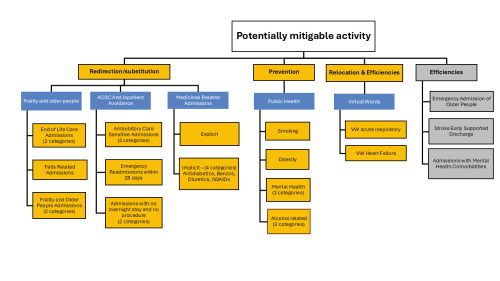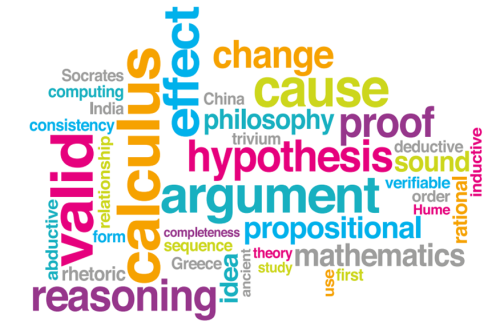
Shifting care ‘from hospital to community’: where to start?
What are the opportunities to shift activity from hospital to community? Our analysis provides an evidence-based place to start.

The decline in care continuity is not inevitable
Relational continuity of care, the extent to which patients have an ongoing relationship with a specific clinician in their GP practice, is perhaps

Securing the future of domiciliary care
The Strategy Unit is embarking on an exciting project with WM ADASS, the Association of Directors of Adult Social Care Services in the West Midlands to explore the challenges facing domiciliary care and the opportunities that exist to transform and improve the service.
Learning and Development of Problem Solving Techniques
What is innovation?

Tools & templates: Problem structuring
Problem trees and driver diagrams can help you to understand the causes and effects of your problem.
Pre-mortem
The pre-mortem technique was developed by Klein (2007) using ‘prospective hindsight’ to identify risks at the outset of a project.

Tools & templates: Other points of view
Use Edward deBono’s ‘Six Thinking Hats’ or consider a wider point of view, to approach a problem or potential solution from different perspectives.

Tools & templates: Breaking the rules
Generate new ideas to solve a problem – by identifying the underlying assumptions, unwritten rules and thinking that maintain the status quo.

Tools & Templates: Five Whys
Keep asking ‘why’ to peel back the layers of your problem, until you identify a potential root cause.

Logic Models for Complex Programmes
Logic models have become a standard tool for planning and evaluation.
Stage 2 Clinical Assurance Evidence Framework
Service change assurance exists to give confidence to the NHS and public that proposals are well thought through, have taken on board a wide range
Commissioning Healthcare Analysis for Complex Problems
This document is a guide to commissioning healthcare analysis for complex problem which has been developed by the Strategy Unit.
Tools & templates: Using logic models in evaluation
Logic models are increasingly being used to support the design and evaluation of complex change in the NHS. This briefing provides a brief introduction to logic models and how they can be used to support evaluation of change.